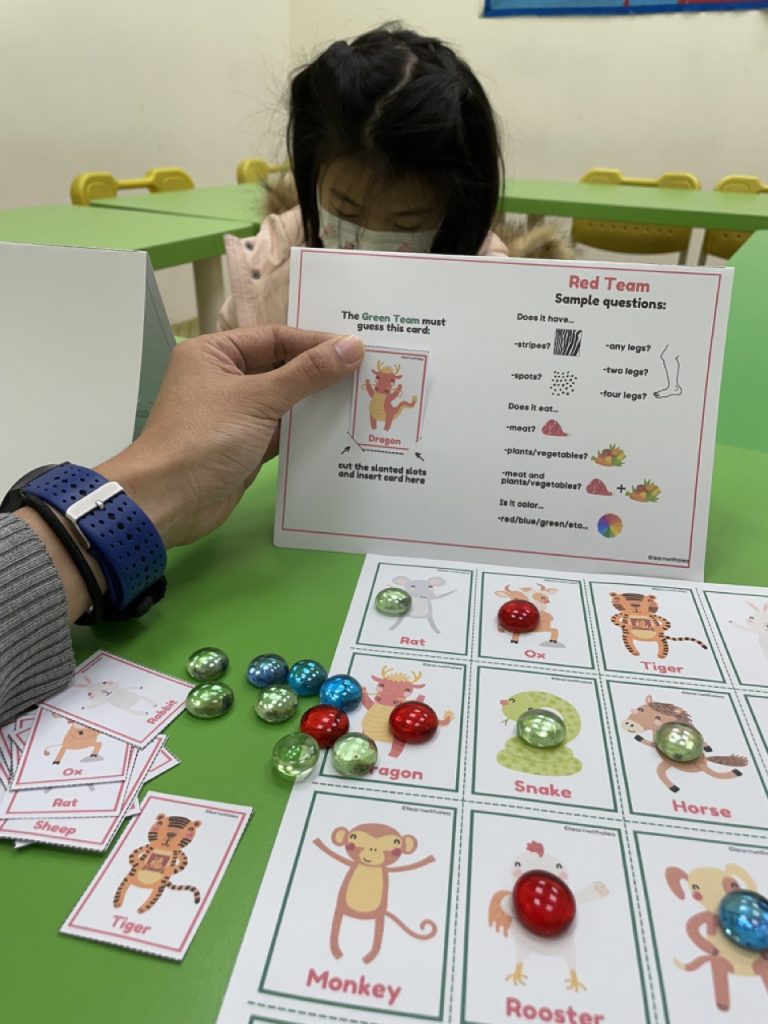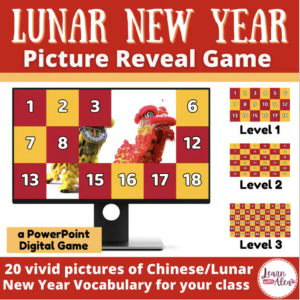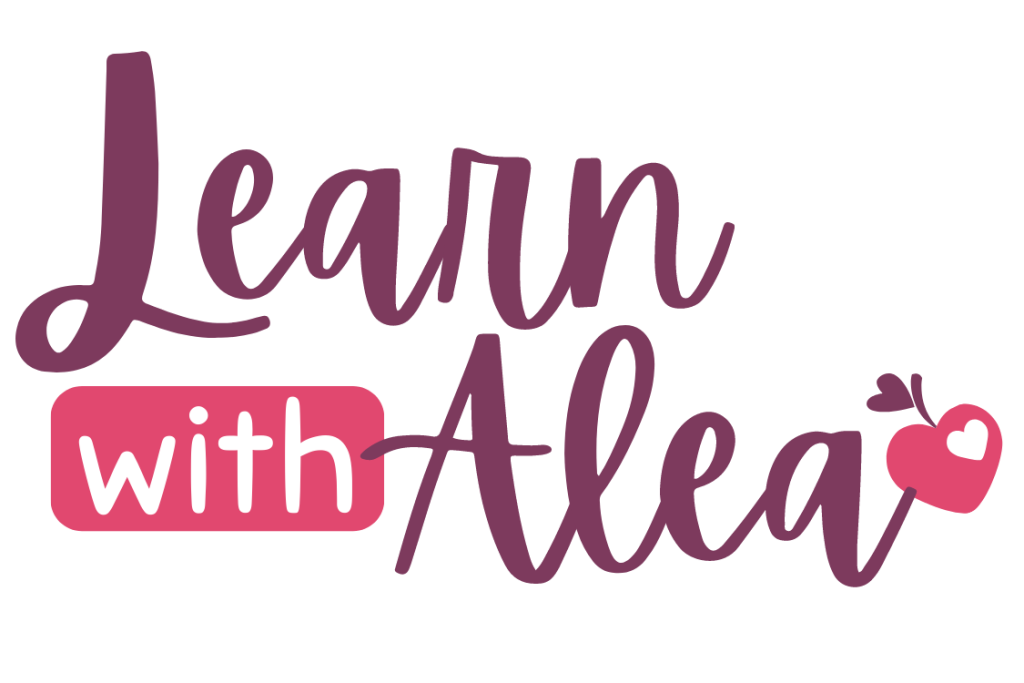As a teacher in Taiwan, each Lunar New Year marks a special celebration that goes beyond the classroom walls. The vibrant energy, cultural richness, and sense of community that envelop the island during this festive season is truly heartwarming.
Unlike in the West, we don’t have Christmas off, but Lunar New Year coincides with students’ winter break, making it a festive time similar to Christmas. Since it’s a time of celebration, our school has made it a tradition to have Lunar New Year-themed activities during the last few days of school before the break.
And what’s more fun than using games in the classroom?Games can be highly beneficial in English as a Second Language (ESL) education as they offer a dynamic and engaging way to reinforce language skills. By incorporating games into the learning process, students are more likely to actively participate and practice their English language abilities in a stress-free and enjoyable environment. Here are some fun but low-prep games you can use with your students
Hidden Picture Reveal PowerPoint Game
If your ESL classroom has an overhead projector or a smart board, then this game would be perfect for your class! This game is a great way to introduce or review key vocabulary. If you are not familiar with the hidden picture game, it’s really simple, and students love it. To play, simply open the PowerPoint and click on the boxes. This will reveal the hidden picture. As the shapes disappear, students should try to guess the object/word.
How can I incorporate this in my ESL lessons?
What I love about this game is that you can incorporate any language skill (vocabulary, grammar, reading comprehension questions, etc.) you’ve been working on during this time. For example, they could just be answering a page in their workbook.
One twist to make it more fun is that you can answer it simultaneously while playing the game. Ask a volunteer to answer the first question, if he/she answers the question correctly, they get to pick a block from the picture reveal game to reveal a little bit of the picture. They can also go ahead and guess what’s behind the whole picture and if they are right, they get a reward. This addition motivates participants to eagerly engage with the questions, resulting in a mutually beneficial experience for all.
Where do I get this PowerPoint game? Again, I wouldn’t bring this up if I didn’t have it in my humble TpT shop right? I have one just for you – a Lunar New Year-themed picture reveal PowerPoint game. Click on the image below to purchase!
“Sorry, I can’t afford that right now” – that’s alright. One thing I admire about our generation is the freedom to learn practically anything for free thanks to the internet. If you have more time on your hands, I stumbled upon a tutorial that teaches how to craft your own PowerPoint Picture Reveal game.

2. Headbands Guessing Game
This is a popular guessing game that can be both entertaining and educational for young kids. To play, each player wears a headband with a cardholder and places a picture card without looking at it. The objective is to guess what’s on the card by asking yes/no questions to other players until the correct answer is found. I chose this game because it’s very flexible when it comes to the size of your class – it can be played as a whole class, a group, or even pairs!
Why is this ESL-friendly?
Firstly, it promotes language development by encouraging players to formulate questions and engage in verbal communication. This helps enhance vocabulary, questioning skills, and the ability to express ideas. The game also fosters critical thinking as children must analyze the responses to narrow down possibilities and make informed guesses. Finally, it encourages social interaction and cooperation, as players work together to achieve a common goal.
Depending on the English level of your students, you might have to give your students sentence frames to help them compose questions. Here are some examples:
Is it a ______? (person, place, animal, thing)
Does it have _______? (legs, arms, eyes, nose)
Can it ______? (insert a verb: swim, run, walk, etc)
For super young students, you can even make this game into some sort of a “charades” hybrid game. Instead of the person with the headband asking questions, the rest of the class can help him/her by miming the vocabulary in the picture card.
Where can I get these cards? Don’t worry, I got you! These are available in my shop, all you need to do is print (make sure to print it on a card stock paper), cut, and play! You can laminate it so you can keep using it next year. It even comes with a template to make your own headband with card holder.
3. Guess Who – Speaking Guessing Game
If you’ve played chutes and ladders in the past then you probably have played Guess Who when you were younger. It’s a classic two-plyer game for children about 6 to 9 years old where each player takes one of the 24 face card and places it out of sight of the other player. The aim of the game is to find out what character is on your opponent’s card. Similar to Headbands game, each player takes a turn to ask a Yes/No question about the character’s appearance, ex. Does the person wear a hat?
To help remember the characters in the game, each player has a board with cards displaying all 24 characters. After each question, you turn over the cards that have been eliminated by the answer to your question. For example, if the answer to your question is that the character does not wear a hat, you turn over all cards that have a face wearing a hat. The first person to guess which card the other player is hiding wins the game.


How to play the Guess Who Game
Prep before the game:
- Print out of the Lunar New Year Game (includes a character grid, character cards, cardholder + sentence frames)
- Buttons or coins to cover items. An alternative would be to laminate the character grid and use whiteboard marker to eliminate the characters.
Here’s a picture of how I set up the game:

How to Play the Game:
1. Shuffle the character chards and pick one without showing your opponent. Put this character card on the card holder facing you. The other player should do the same.
2. Players take turns asking a yes/no question about their “mystery card” – it can be about their appearance, how they move, the sounds they make, etc.
For example:
Does is have horns?
Can it fly?
Does it say “meow”?
3. The first person to guess their opponent’s mystery card wins!

I just love using this Guess Who game because it’s educational in several ways, especially for young children. Just like the Headbands game, it enhances deductive reasoning skills as players systematically eliminate characters based on yes or no answers to narrow down the possibilities. This process encourages critical thinking and problem-solving; as well as helps develop effective communication skills. Players must articulate clear and relevant questions to gather information, which is crucial for language development.
Additionally, Guess Who encourages the development of vocabulary and descriptive language. Players need to use words that accurately describe physical features to ask questions about the characters. This helps expand their vocabulary and ability to express themselves. Moreover, the game fosters social skills by promoting turn-taking and respectful interaction. Players engage in a structured and friendly competition, learning to be patient and considerate during the game.
I hope you were able to collect a few ideas from me, for more Lunar New Year-themed worksheets and activities, please check out this link.





